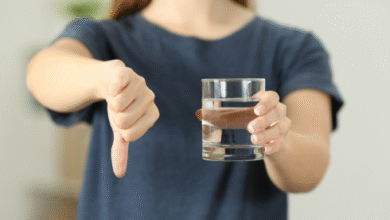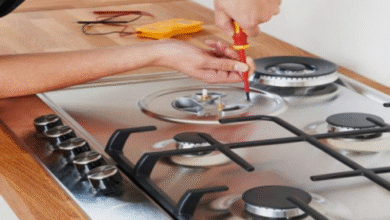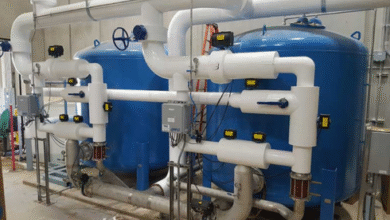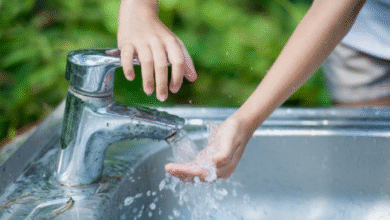When Clean Water Isn’t as Simple as It Seems
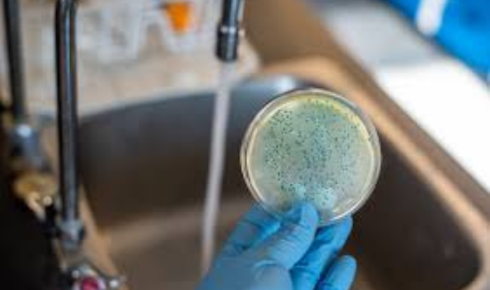
Most of us take it for granted that when we turn on the tap, the water is safe to drink. It’s clear, it tastes fine, and it doesn’t smell odd—so it must be safe, right? The reality is a little messier. Water can look perfectly normal and still carry tiny, invisible guests that don’t belong in our glass. We’re talking about microorganisms—tiny hitchhikers that remind us nature doesn’t always play by our rules.
And here’s the thing: you won’t always know they’re there until your stomach starts complaining or your immune system waves a white flag. It’s not about scaring people away from drinking tap water. It’s about being aware that safety doesn’t always mean obvious.
The Hidden Trouble in a Glass
When people hear about bacteria in drinking water, the first instinct is to imagine murky puddles or unsafe wells. But contamination can sneak into modern, city-treated water too. Cracks in old pipes, leaks during heavy rains, or even lapses in municipal treatment—all open doors for microbes.
Not all bacteria are harmful, of course. Some are harmless, and a few are even beneficial. But the ones that cause gastrointestinal distress, infections, or worse? They’re not rare. Think E. coli, Giardia, or Cryptosporidium. And because they’re invisible, we can’t rely on sight, smell, or taste alone.
Why Testing Matters More Than Guesswork
If water safety is on your mind, relying on symptoms after the fact isn’t the smartest strategy. That’s where a bacteria in water test steps in. These tests can pick up on microscopic intruders before they become a household problem. They’re relatively easy to run, and the results are often more revealing than you’d expect.
A friend of mine once tested his well water, confident it would be pristine because the well was “deep and untouched.” Turns out, heavy rains had washed surface contaminants into the groundwater. Without testing, he never would have guessed. Now, his water system has extra safeguards in place, and peace of mind has replaced nagging doubt.
Purification Isn’t Just for the Paranoid
There’s a misconception that water purification systems are only for places with visibly dirty water. But in reality, they’re a safety net against what you can’t see. Chlorination and municipal treatment plants do their best, but no system is foolproof. That’s why many homeowners turn to extra measures—filtration, reverse osmosis, or ultraviolet treatment.
A uv water purification system is particularly fascinating because it doesn’t rely on chemicals or filters that eventually clog up. Instead, it uses ultraviolet light to scramble the DNA of bacteria and viruses. Basically, it renders them incapable of multiplying or making you sick. And unlike boiling, it doesn’t change the taste or use up energy each time you want a glass.
Everyday Scenarios That Put Water at Risk
Water safety isn’t static. A sudden pipe break in your neighborhood, flooding after a storm, or even construction near old lines can shift the balance overnight. Sometimes entire towns get boil-water advisories because something slipped through at the treatment plant.
But it’s not always dramatic. Rural homes with private wells face risks from agricultural runoff, septic tank leaks, or natural contaminants like iron and manganese. And while city dwellers may feel safer, they’re still relying on infrastructure that, in some places, is decades old. Water doesn’t care about zip codes—it follows pathways, and sometimes those lead to trouble.
The Balance Between Trust and Vigilance
I’m not suggesting we should all become paranoid water detectives. Most public water systems do an excellent job. But layering your defenses makes sense. It’s like locking your doors at night—not because you expect trouble, but because it’s the wise thing to do.
A little vigilance pays off in big ways:
- Testing your water once or twice a year.
- Installing an affordable filtration or UV system at home.
- Paying attention to local advisories and news about water quality.
These steps don’t require a science degree or endless money. They’re small habits that keep bigger problems at bay.
Stories That Hit Close to Home
I remember reading about a town where residents ignored a boil advisory because the water looked perfectly fine. A week later, dozens were hospitalized with stomach illnesses. It’s a reminder that clear water doesn’t always equal clean water.
On the flip side, I know families who’ve invested in purification systems and now joke about their “water tasting better than bottled.” The relief in their voices isn’t just about flavor—it’s about trust. There’s something liberating about knowing your glass holds more certainty than doubt.
Why This Conversation Matters Now
Climate change is altering rainfall patterns, floods are becoming more common, and infrastructure is under more stress than ever. Add population growth and industrial expansion into the mix, and the pressure on water systems intensifies.
In other words, the old assumption that water safety is someone else’s responsibility doesn’t hold up anymore. We can’t just shrug and say, “The city will handle it.” Personal responsibility, paired with community oversight, is the path forward.
Small Shifts That Make a Big Difference
So, what can we do right now? A few ideas that don’t require moving mountains:
- Check your pipes: Old plumbing inside your home can leach contaminants or harbor bacteria.
- Invest in testing: Even once a year gives you a baseline and peace of mind.
- Explore purification options: From activated carbon filters to full-scale UV systems, there’s something for every budget.
- Stay informed: Sign up for local alerts. Knowledge is power, and in this case, health.
The point isn’t perfection. It’s progress. Each small step adds a layer of protection between you and unseen risks.
A Closing Thought Over a Glass of Water
Water is life—literally. But it’s also one of those essentials we tend to overlook until there’s a problem. Maybe that’s why conversations about water safety feel both urgent and oddly invisible. They sit in the background, waiting for a crisis to pull them into the spotlight.
You don’t need to panic, but you also don’t need to stay passive. Pay attention, run a test, add a layer of purification, and listen to the quiet story your water might be telling. Because at the end of the day, drinking water shouldn’t just quench your thirst—it should do so without question.

